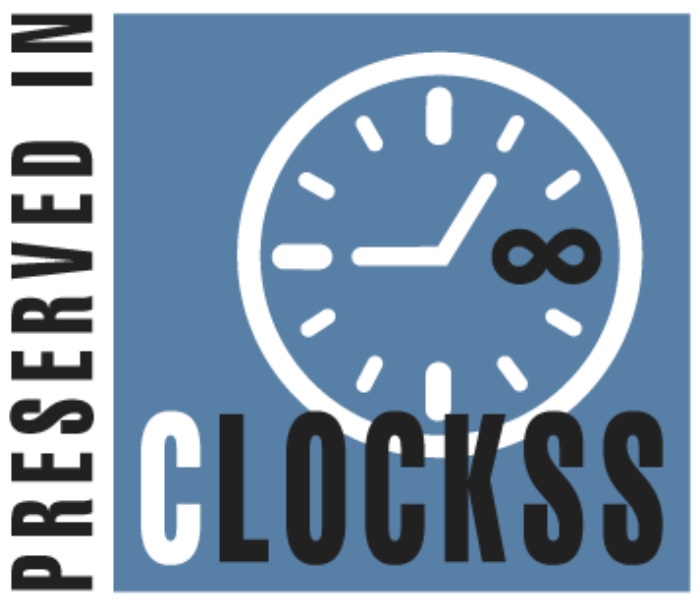INCREASED PREFERENCE OF DARKLING BEETLES AKIS SUBTRICOSTATA REDTENBACHER, 1850 AND TRACHYDERMA PHILISTINA REICHE AND SAULCY, 1857 (COLEOPTERA, TENEBRIONIDAE) FOR VEGETATION WITH INCREASING TEMPERATURE
DOI:
https://doi.org/10.26842/binhm.7.2020.16.1.0113Keywords:
Desert, Habitat choice, Refuge, Shrubs, Thermoregulation, United Arab EmiratesAbstract
A square experimental arena with vegetation on one interior side was deployed in a Sharjah, United Arab Emirates desert. Individual darkling beetles (Coleoptera, Tenebrionidae) Akis subtricostata Redtenbacher, 1850 and Trachyderma philistina Reiche and Saulcy, 1857 were placed inside the arena at temperatures ranging between 27 - 49°C. Whether they chose the vegetated side of the arena or not was recorded, as well as how long it took for them to reach the vegetated side, if they chose it. Both species preferred the vegetated side at all temperatures, and the chance of them choosing the vegetated side increased significantly with increasing temperature (logistic regression, p = 0.0096 and p = 0.0003 for T. philistina and A. subtricostata, respectively). T.philistina and A. subtricostata always chose the vegetated side at temperatures above 31°and 44°C, respectively. Individual beetles that chose the vegetated side moved quickly and directly to it at temperatures above 30°C. Below 30°C, however, beetles tended to move slower and take more pauses within the arena. Time to reach the vegetated side declined significantly with increasing temperature (least-squares regression, p < 0.00005 for both species). A few individuals of both species died at the highest temperatures (48 - 49°C).
Received Date: 25 May 2020
Accepted Date: 18 June 2020











